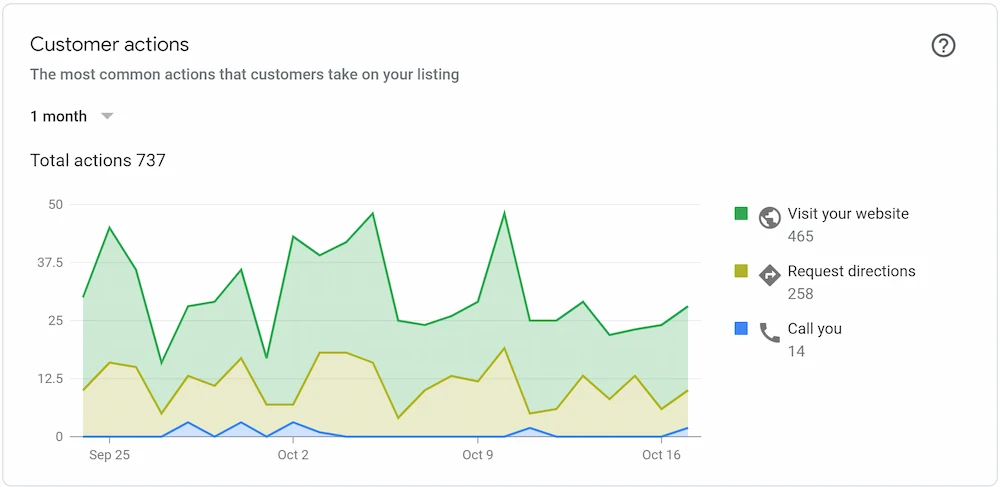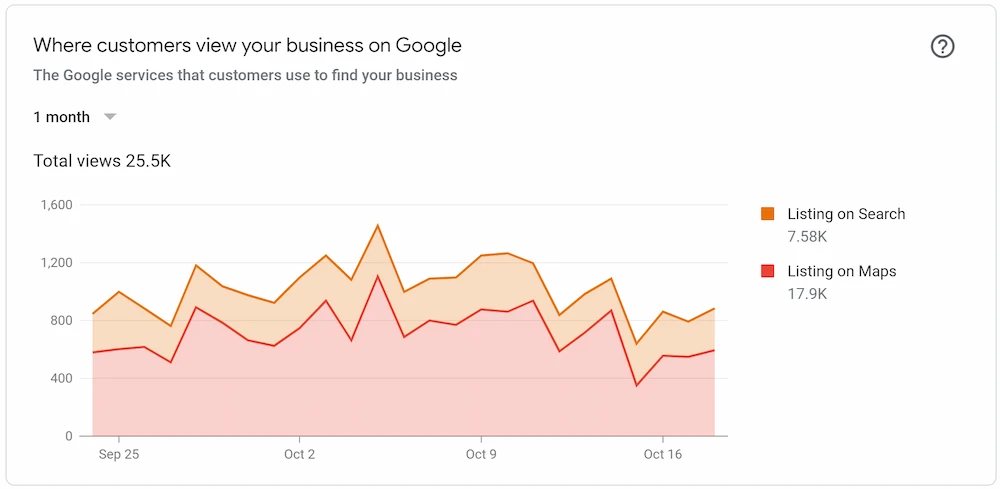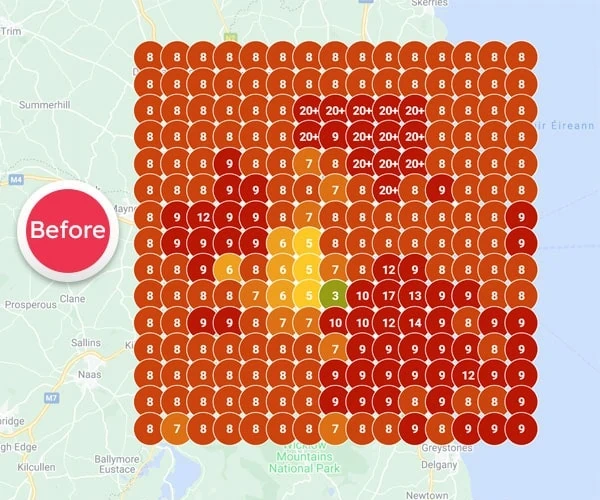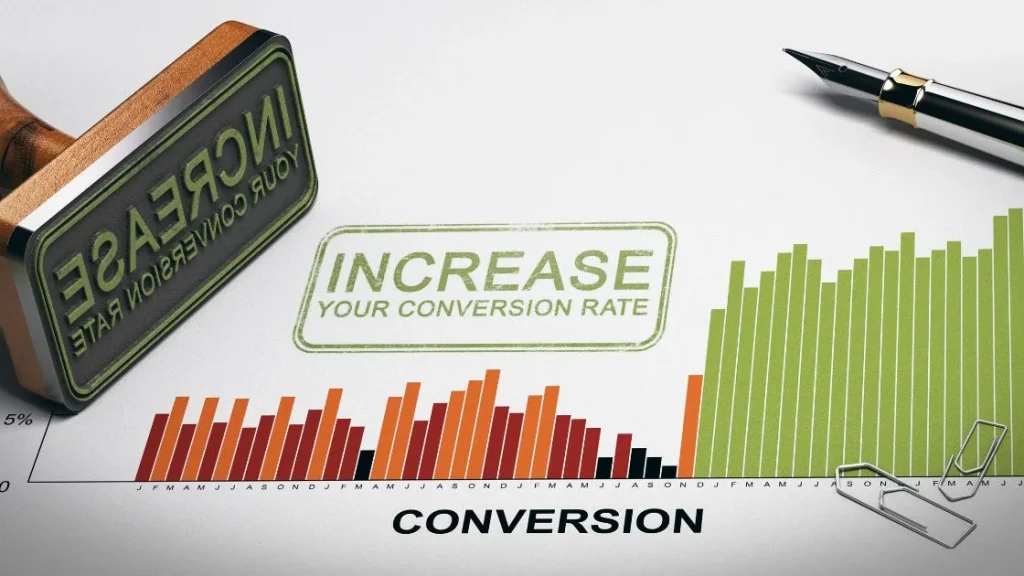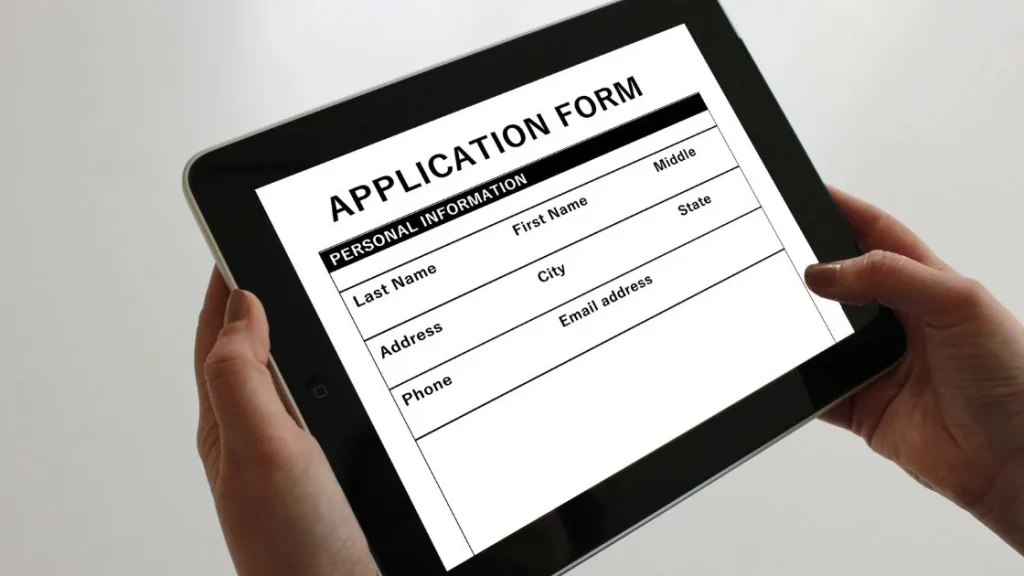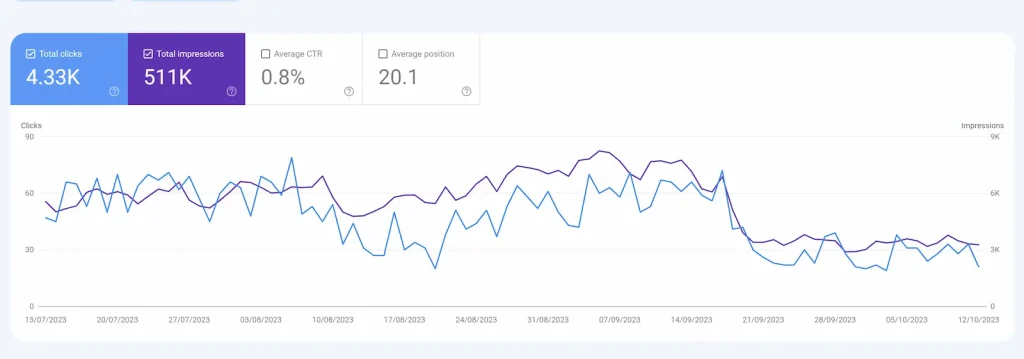Key Takeaways
- Your potential consumers can easily find what you’re looking for
- Target potential customers based on their location
- Track visitor activity and see which landing pages are converting best
Many small business owners believe having a website is unnecessary or not beneficial. However, the truth is quite different. A well-designed website is one of the most powerful tools available to a business owner.
A professionally designed website provides benefits beyond just marketing your business or reaching a wider audience, although these are good reasons to have an online presence. Owning a website can increase customer engagement and loyalty, increase visibility and leads, and even increase sales.
So why not switch to a website today and see how it can benefit your startup? If you still need to be convinced, look at the top benefits a website can offer any entrepreneur.
1. Builds Credibility
A website not only helps you reach potential customers but also builds Credibility. Websites are search engine friendly, making it easy for potential consumers to find what they want.
If you have a niche corner of the market, having your website can also establish you as an authority in your field. This makes it easy for customers to find you with a quick online search.
Informative and factual blog posts that engage the reader are a great way to build a credible entrepreneur reputation while encouraging customers to return for more content.
2. Builds Customer Trust Or Boost Your Reputation As An Authority
Trust and authority in business go hand in hand with the first point we mentioned: Credibility.
An effective website can help you establish trust and Credibility with your clients as long as you maintain and enhance your online presence.
The easiest way to establish your business as an authority is to increase brand awareness through your domain online.
For example, including your website address on your products and promotional materials can make your business more accessible to potential customers.
You may have planted a seed even if a potential client needs to purchase immediately. Suppose the consumer is interested in a similar product in the future.
In that case, your website can be their first starting point, and your established authority in the field can help guide their purchasing decisions.

3. Targets Specific Customers
Owning your website offers many benefits, including targeting customers based on location, interests, likes, and needs.
You can run your business virtually anywhere and attract customers from all over the world. With a professional and user-friendly website, the possibilities for your business are endless.
Customizable and optimized SEO can help increase your visibility and connect you with potential partners, suppliers, and investors. It’s essential to ensure your website looks professional and is easy to navigate to make a positive impression.
4. More Leads And Customers
A website is an essential component of any small business’s marketing strategy. It provides a platform for promoting your business and reaching a wider audience through an online presence, especially for social media marketing.
With a website, you can stay caught up on growth opportunities.
The ultimate goal of your website is to convert visitors into customers. To achieve this, your website should be functional, easy to navigate, and mobile-friendly.
Think of your website as a virtual sales representative showcasing your business and inspiring potential leads to call, subscribe, or purchase.
5. Keep Track Of Your Business
When embarking on website design, it’s essential to identify your business goals and set a realistic budget. From there, you can create a website that meets your needs and exceeds your expectations.
Regardless of your budget, there are many effective ways to approach website design as long as you’re passionate about your business and willing to put in the effort.
To make the most of your website, it’s crucial to stay up-to-date and reflect the latest industry trends and customer preferences.
Use your website as a marketing tool to promote your products and services online and collect valuable customer data through analytics and user feedback.
This will boost your sales and enable you to monitor visitor behaviour and track which landing pages drive the most conversions.
6. Personalized Email Address
It’s important to consider the impact of new screen sizes on your website, as they can affect its appearance and functionality on different devices. Failure to optimize your website for mobile devices can lead to poor performance and a lower search engine ranking.
To address this issue, it’s essential to make your website user-friendly and responsive across all platforms. This can be achieved by using responsive design techniques that enable your website to adapt to different screen sizes and orientations. This will improve user experience and increase the chances of your website ranking higher in search engine results.
Another important factor in making your website mobile-friendly is ensuring that font sizes are appropriate for small screens. All content, including images and social media feeds, is easily readable on mobile devices. Users can quickly and easily find the necessary information by presenting information clearly and concisely.
Optimizing your website for mobile devices is crucial for improving user experience and search engine optimization. By implementing responsive design techniques and ensuring that content is easily readable on small screens, you can create a website that is accessible and engaging for all users.
7. Showcase Your Work
Creating a personalized website is a powerful marketing tool regardless of your industry. In the digital age, your online presence is crucial for showcasing your work, establishing your brand identity, and connecting with potential customers.
One of the key benefits of having your website is the ability to take control of your online advertising. You can showcase your work through eye-catching photo galleries, brochures, and customer testimonials highlighting what makes your business unique and why people should choose you over your competitors.
Incorporating positive customer reviews into your website allows you to establish trust and Credibility with potential buyers. This helps build a loyal customer base, improves your search engine ranking, and drives more website traffic.
A personalized website is an effective way to market your business and showcase your products or services. By utilizing your online portfolio, customer testimonials, and positive reviews, you can effectively communicate what makes your business unique and attract more potential customers to your website.
8. All Your Information In One Place
Storing your business information online is an excellent way to keep all your data intact and easily accessible in one place. It’s also convenient to update, modify, or add new content to your website as needed.
In addition to its accessibility, having your data online can provide valuable insights into customer behaviour. By analyzing website traffic and engagement metrics, you can better understand your target market’s preferences, how they rate your products, and what they generally like. This information is crucial for adapting to the changing needs of your industry and maximizing your business’s potential.
Moreover, online data storage allows you to automate and streamline various aspects of your business. With the right tools and software, you can easily track inventory, manage orders, and process payments, among other things.
This saves time and ensures accuracy and efficiency in all business operations.
In conclusion, keeping your business information online provides numerous benefits, including easy access, flexibility, and valuable customer insights.
By leveraging these insights, you can adapt to changing market needs and stay ahead of the competition, ultimately achieving greater success in your industry.
9. Customer Service
A website allows customers to access your products or services anytime, anywhere, regardless of business hours. Since there are no geographical barriers, this is especially advantageous if you target international customers in different time zones.
Moreover, your website continues to work for you even when you are unavailable. Customers can browse and shop for what they need at their convenience, from the comfort of their homes, without feeling the pressure of a salesperson.
By providing valuable information and educational content through your website, you can build trust and establish yourself as an authority in your industry. This can be achieved through free product advice or interesting educational blogs relevant to your industry.
Moreover, your website can provide concise and detailed product information, allowing customers to analyze and compare products before purchasing. This transparency and accessibility help to build customer loyalty and increase sales in the long run.
Wow Them With Your Website
Think of a good website as a virtual extension of your business. It is also a cost-effective solution that helps you keep tabs on client communication, track sales metrics, and so much more!
Websites make it easy to market your business online – no matter where you are in the world. Go ahead – expand your global reach!
Taking the time to focus on a web design that is specifically tailored to your small business offers greater flexibility and customization options. This means that your website will look and feel unique, while still reflecting the brand and image of your business.
So, if you’re thinking of starting a small business, a website is a great way to go – it’s a great way to boost your business’s visibility and rank. With all the benefits of a website on offer, considering the relatively small investment needed, can you really afford to go without one?
source https://webjuice.ie/10-benefits-of-having-a-website-for-small-business/

